Key Takeaways:
- Padel and pickleball are both racket sports but they differ significantly in equipment, court dimensions, and scoring systems.
- Padel is typically played in doubles on an enclosed court with walls, using a depressurized tennis ball.
- Pickleball uses solid paddles and a perforated plastic ball, and can be played on a smaller court with a unique scoring system.
Introduction to Padel and Pickleball
Padel and pickleball are two of the fastest growing sports globally, each offering a unique blend of elements from other racket sports like tennis and badminton.
While they share some similarities, the differences between padel and pickleball are distinct and define each sport's unique appeal. This article explores these differences in detail, helping you understand which sport might suit your interests and abilities better.

The Basics of Padel
Originating in Mexico and gaining popularity in Spain, padel is a sport that combines elements of tennis and squash. It is typically played in doubles on an enclosed court about one-third the size of a tennis court.
The walls surrounding the padel court play a significant part in the game, as the ball can be played off them similar to squash. Padel uses a depressurized tennis ball and padel rackets, which are solid without strings.

The Basics of Pickleball
Pickleball started on Bainbridge Island, Washington, and has since become a beloved sport across the United States, often played in community centers and outdoor parks.
It is played with solid paddles and a perforated polymer ball, slightly resembling a wiffle ball. The court is similar to a badminton court and includes a 'no volley zone,' also known as the kitchen. The game can be played in singles or doubles, making it versatile and accessible.
Court Dimensions and Setup
When playing padel, the court is enclosed with glass walls and metal mesh, measuring 20 meters by 10 meters.
In contrast, pickleball courts are smaller, typically 13.41 meters by 6.1 meters, and do not feature walls but have a clear marking for the non-volley zone close to the net. These differences in court size and structure significantly affect gameplay and strategies.
Equipment Differences
The equipment used in both sports underscores their uniqueness. Padel rackets are stringless, usually made of a composite material, and perforated for reduced air resistance.
Pickleball paddles, on the other hand, are solid, made from wood or composite materials, and are designed to hit a lighter, perforated ball. The balls in both sports are also different; padel uses a depressurized tennis ball, while pickleball uses a specific lightweight, perforated plastic ball.

Health Benefits of Playing Padel and Pickleball
When you step onto the padel courts or dive into a game of pickleball, you're not just playing a sport; you're embarking on a journey to better health. Both pickleball and padel are fantastic cardiovascular workouts that can significantly improve your agility, reflexes, and muscle tone.
Engaging in these racquet sports regularly can help reduce stress, improve mental clarity, and enhance overall cardiovascular health. Whether you're volleying a padel ball or serving in pickleball, each moment on the court contributes to a healthier you. it has recently been shown that engaging in raquet sports can increase your life up to seven years! More than any other sport!
Moreover, both sports offer a unique blend of physical and social benefits. Padel and pickleball are commonly played in doubles, which not only makes them a fun, social activity but also reduces the physical strain compared to singles play in traditional tennis.
This aspect makes them accessible and enjoyable for players of all ages and fitness levels. Regularly playing these sports can lead to improved hand-eye coordination and flexibility, all while you enjoy a laugh with friends or family. The camaraderie and gentle competition foster a positive mental attitude and can even boost your immune system.

Cultural Impact of Padel and Pickleball
Padel and pickleball are more than just games; they are cultural phenomena that have woven their way into the fabric of communities worldwide. As the fastest growing sports in many regions, they bring people together, fostering a sense of community and belonging.
In countries like Spain and the United States, padel and pickleball have not only become a popular pastime but also a vibrant part of the local culture, with clubs and courts becoming common meeting spots for enthusiasts of all ages.
The influence of these sports extends beyond the courts. They have sparked interest in related activities such as platform tennis and squash, and have influenced leisure fashion with sport-specific apparel becoming trendy.
The growth of padel and pickleball has also impacted local economies, with the construction of new courts and the organization of tournaments stimulating financial activity. As these sports continue to spread, they carry with them a cultural exchange, introducing new players to the nuances of global sportsmanship and unity.
Scoring Systems
Scoring in padel follows the traditional tennis scoring system, which is familiar to many and involves games, sets, and matches. Pickleball scoring is unique; only the serving team can score points, and games typically go to 11, 15, or 21 points. This difference in scoring systems can affect the length and strategic approach of the matches in each sport.

Gameplay and Rules
The gameplay of padel benefits from the use of walls, allowing for ricochets that are not present in pickleball. This aspect introduces a layer of strategy akin to squash. Pickleball has a distinctive feature in its rules—the non-volley zone, which prevents players from executing smashes right at the net, adding a tactical layer to the game.
Popularity and Social Aspect
Both sports are known for their social aspects. Padel is very popular in European countries like Spain and Sweden, where it is not just a sport but a social event, bringing together people of all ages and skill levels.
Pickleball is renowned for its community atmosphere in the U.S., often bringing a fun and competitive spirit to local parks and sports centers.

Professional and Amateur Play
On a professional level, both padel and pickleball have organized competitions and dedicated circuits.
However, padel tournaments are more prevalent in Europe and South America, while pickleball tournaments are primarily held in North America. Both sports accommodate a wide range of skill levels, making them accessible to amateurs and seasoned players alike.
Choosing Between Padel and Pickleball
Choosing between padel and pickleball may come down to personal preference or accessibility. If you enjoy a game that involves strategy using walls and a slightly larger playing area, padel might be the right choice. If you prefer a quicker game with simpler rules and a smaller court, pickleball could be more appealing.
Some Final Thoughts
Padel and pickleball, while similar as racket sports, offer distinct experiences due to differences in court setup, equipment, and scoring systems. Padel is played on a larger, enclosed court with walls and uses a depressurized ball, making it unique amongst racket sports.
Pickleball, played with a perforated ball and solid paddles, offers a different kind of challenge with its no volley zone. Both sports continue to grow in popularity and provide excellent physical activity and social opportunities.
If you'd like to learn more about pickleball or padel make sure to check out our site at Topratedstuff.com! We've got loads of gear and tutorials for both games!

FAQ's
What is easier for beginners, padel or pickleball?
Pickleball is often considered easier for beginners due to its simpler rules and smaller court size, making it easier to pick up and enjoy quickly.
Can padel and pickleball be played on the same court?
No, padel and pickleball require different court setups and dimensions, so they cannot be played on the same court.
Are padel and pickleball good for physical fitness?
Yes, both sports offer great cardiovascular workouts, improve agility, and can be adapted to various fitness levels, making them excellent choices for maintaining physical health.
What are the main differences between padel and pickleball?
Padel and pickleball are distinct racket sports with unique characteristics. Padel is played on a larger court with solid walls surrounding it, utilizing a solid paddle and a depressurized tennis ball. On the other hand, pickleball is played on a smaller court, often resembling a scaled-down tennis court, with a perforated plastic ball and solid paddles. The court dimensions, equipment, and gameplay strategies differ significantly between the two sports.
Can the same equipment be used for both padel and pickleball?
While some similarities exist in the equipment used for padel and pickleball, they are not interchangeable. Padel requires a solid paddle and a depressurized tennis ball, whereas pickleball necessitates a solid paddle and a perforated plastic ball. Additionally, the court dimensions and playing styles of each sport dictate specific equipment requirements tailored to their unique characteristics.
How do the court sizes compare between padel and pickleball?
Padel and pickleball courts differ significantly in size. A padel court is larger, measuring 20 meters in length and 10 meters in width, with solid walls encompassing the playing area. In contrast, a pickleball court is smaller, measuring 20 feet in width and 44 feet in length for doubles play, resembling a scaled-down tennis court. These distinctions in court size impact gameplay dynamics and strategies in each sport.
What are the key gameplay differences between padel and pickleball?
Padel and pickleball feature distinct gameplay elements. Padel emphasizes rallies and strategic shot placement, with players utilizing the solid walls to keep the ball in play. The game combines elements of tennis and squash, requiring precision and tactical thinking. On the other hand, pickleball focuses on quick exchanges at the net, with players volleying and dinking to outmaneuver opponents. The smaller court size and unique scoring system contribute to the fast-paced nature of pickleball.
Are there any similarities between padel and pickleball despite their differences?
Despite their differences, padel and pickleball share some similarities. Both sports involve the use of solid paddles and emphasize net play, requiring players to employ strategies for both offense and defense. Additionally, both padel and pickleball are accessible to players of all ages and skill levels, making them popular recreational activities worldwide. While each sport has its own distinct characteristics, they both offer engaging gameplay experiences and opportunities for social interaction.
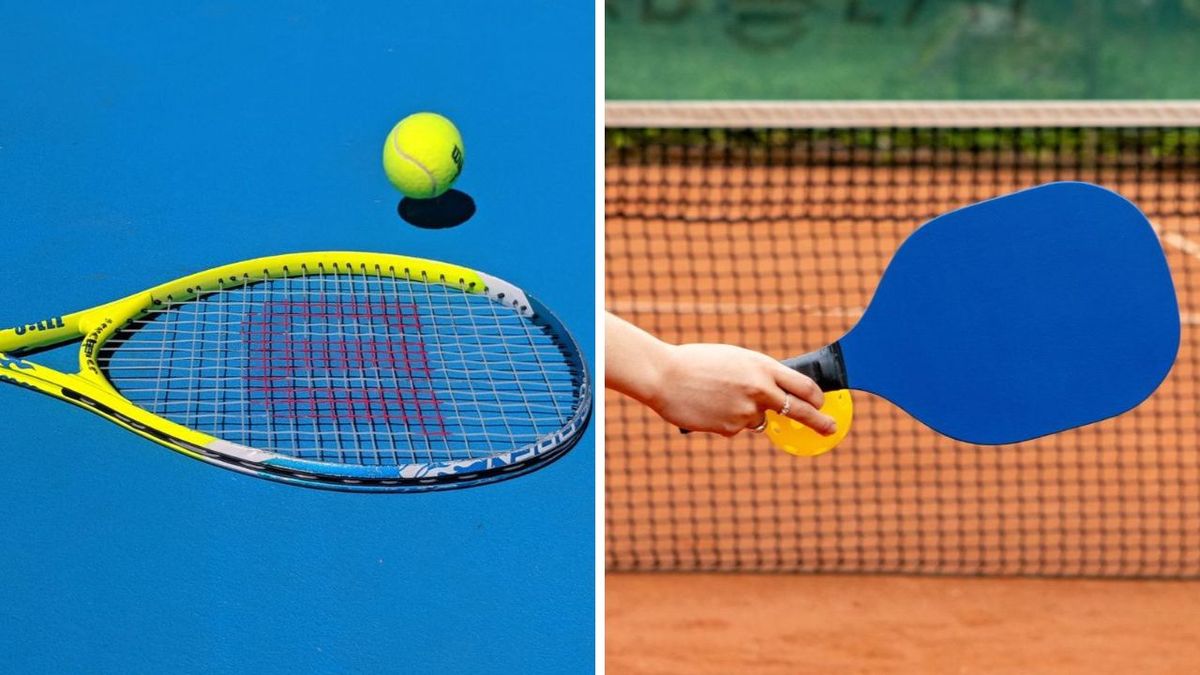




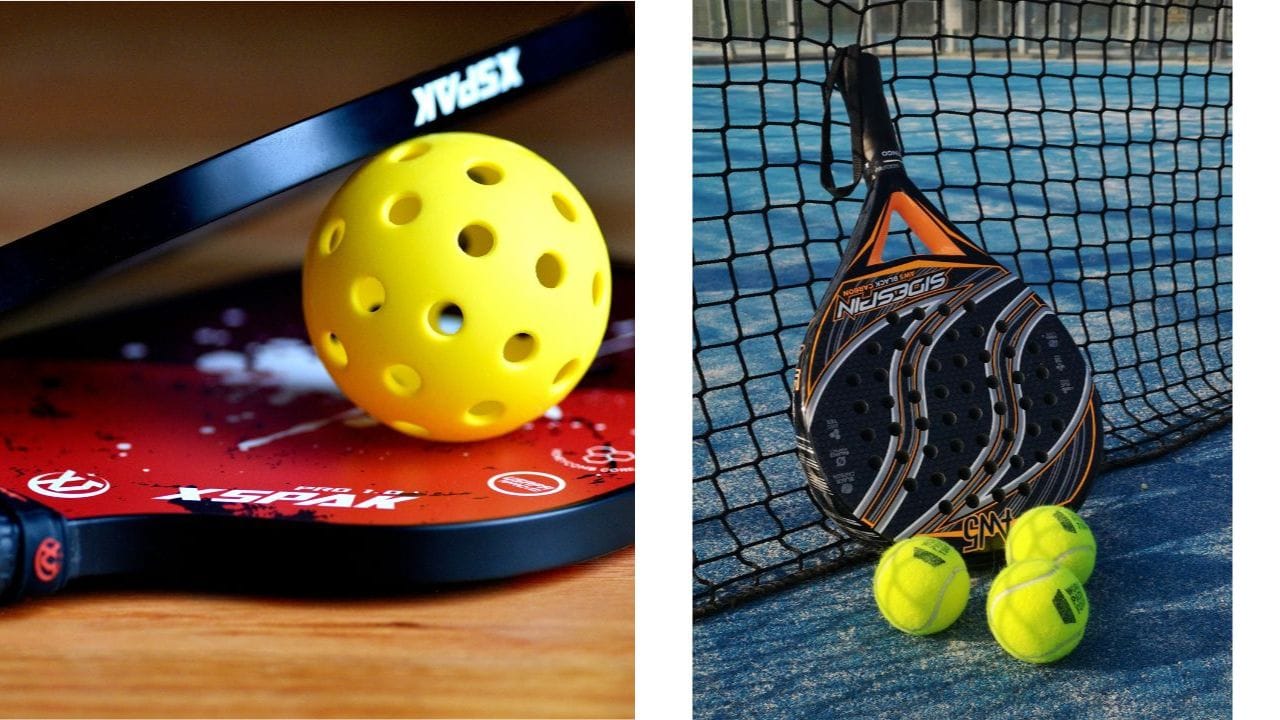




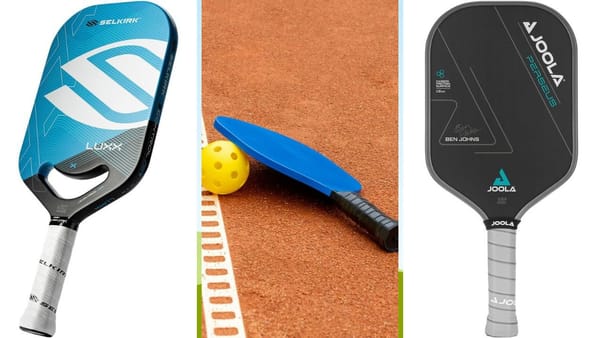

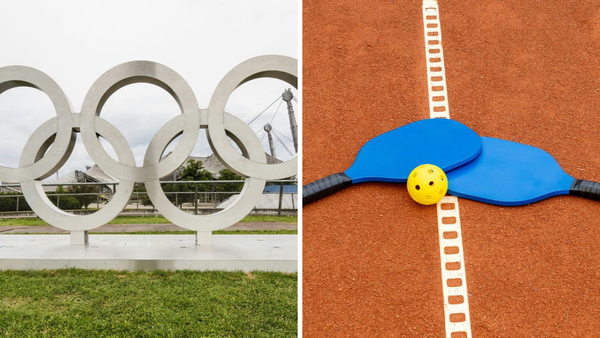

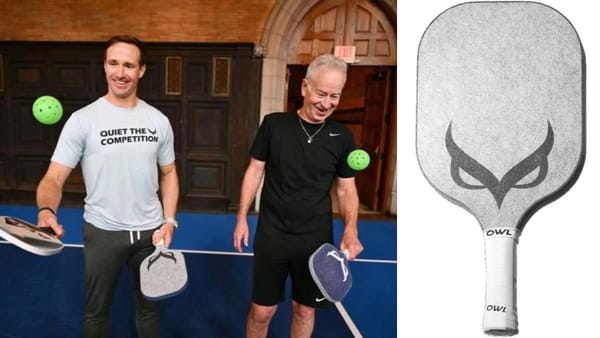
Member discussion